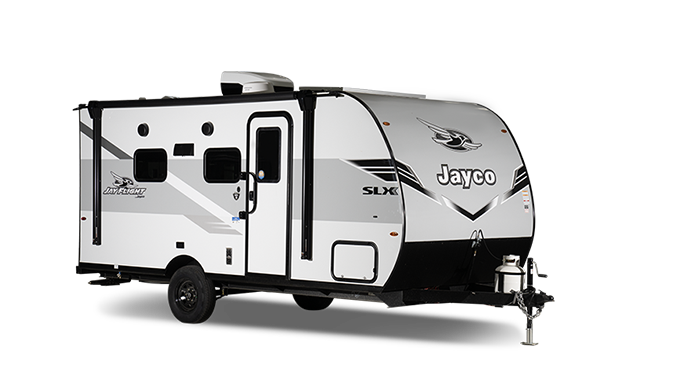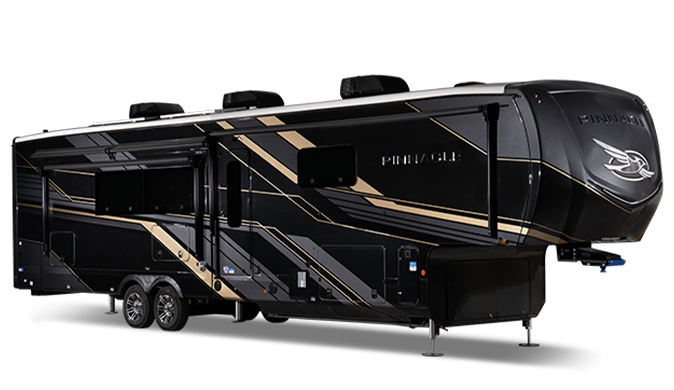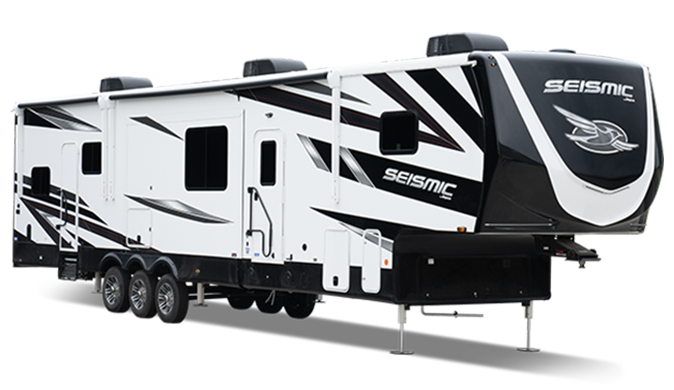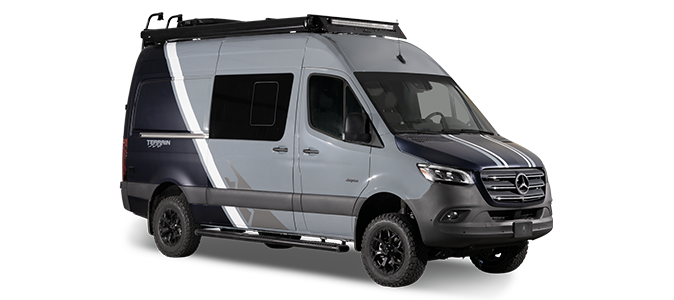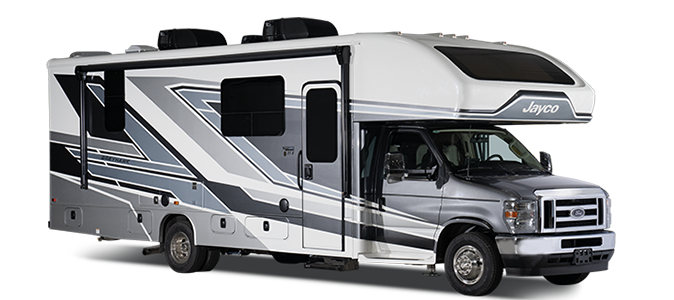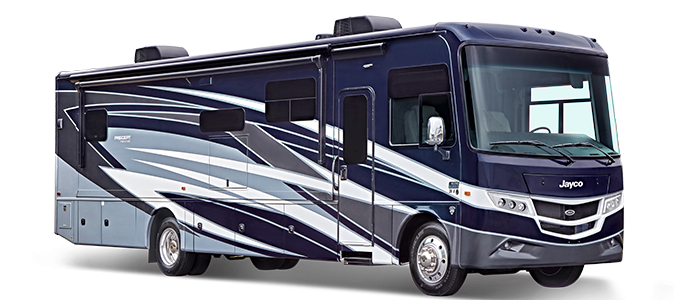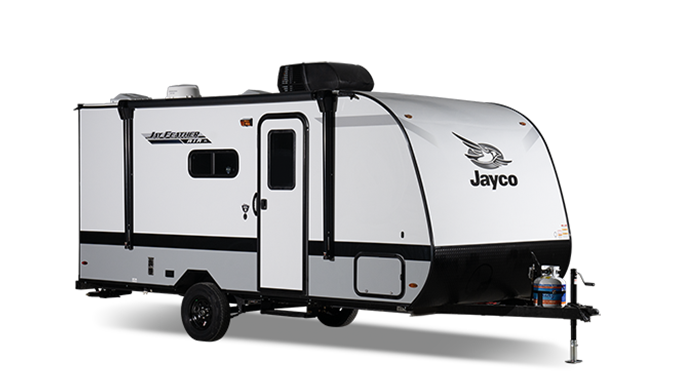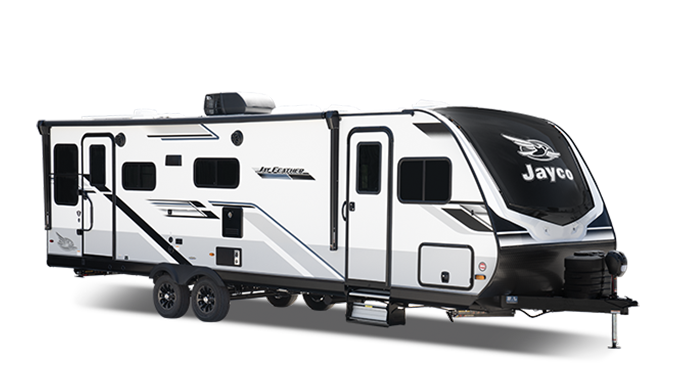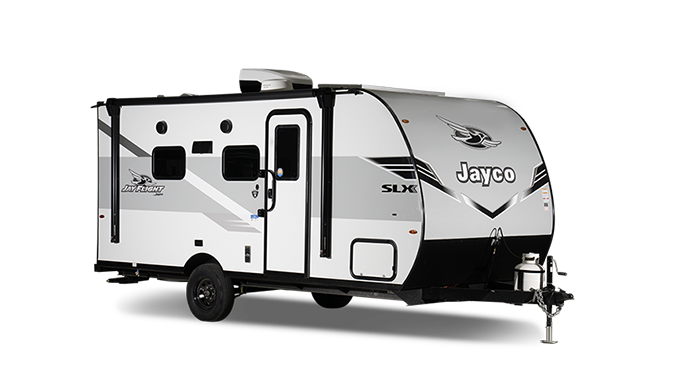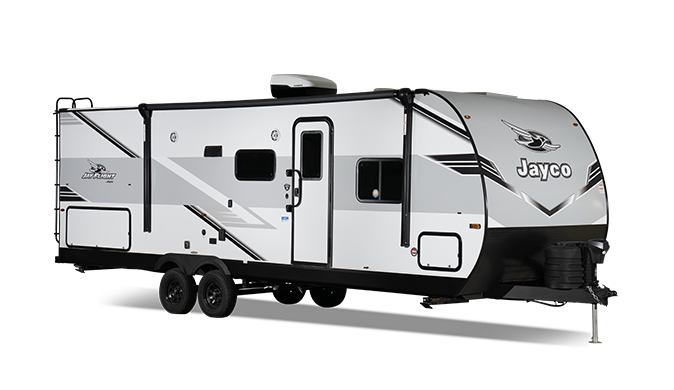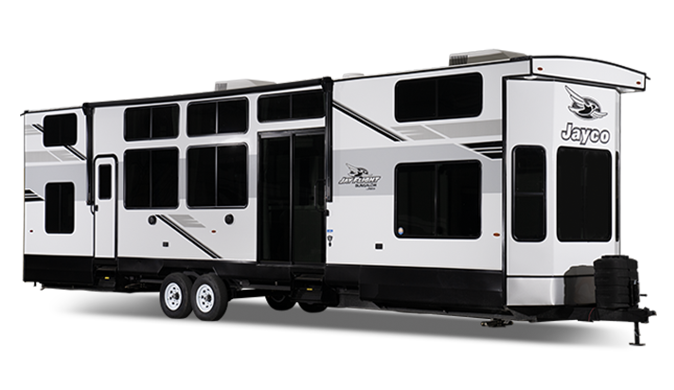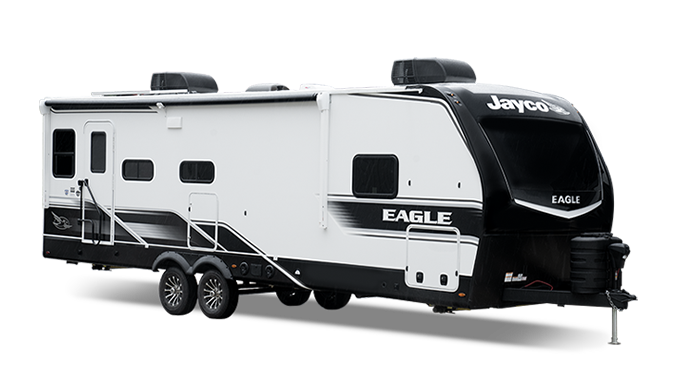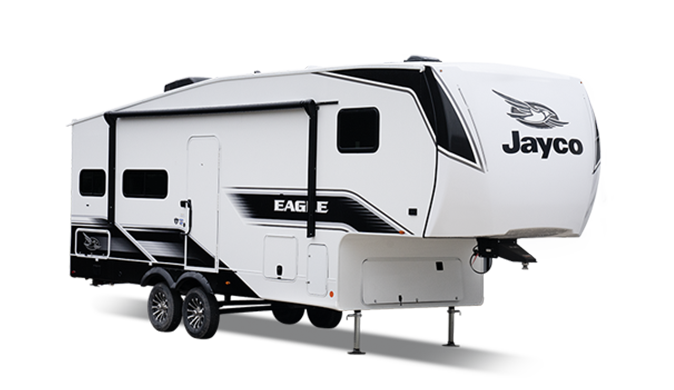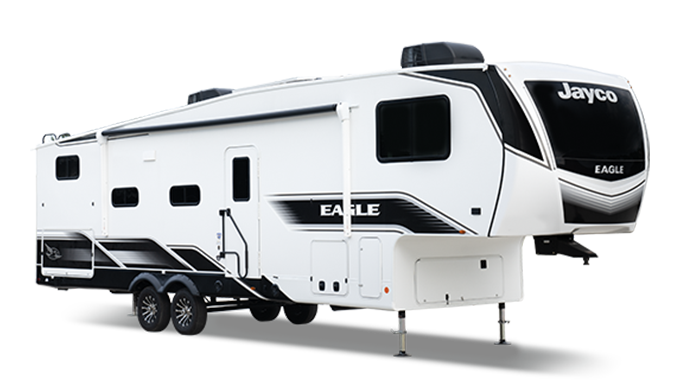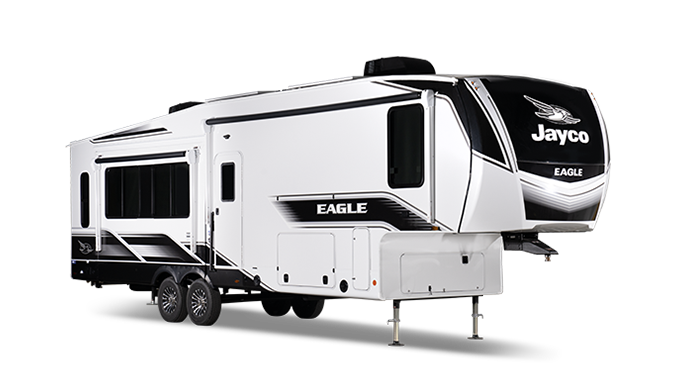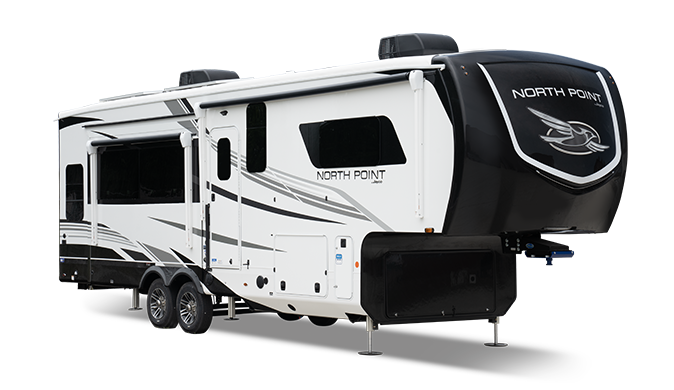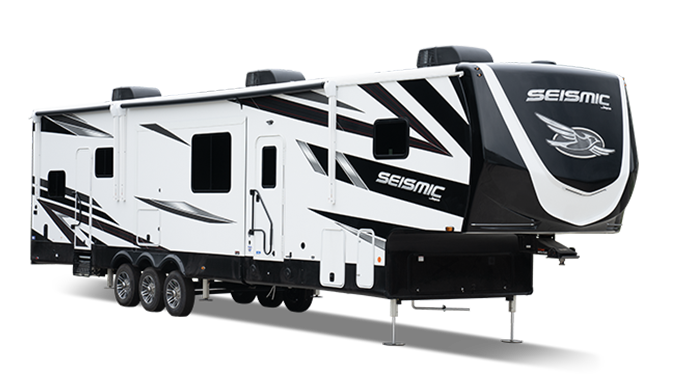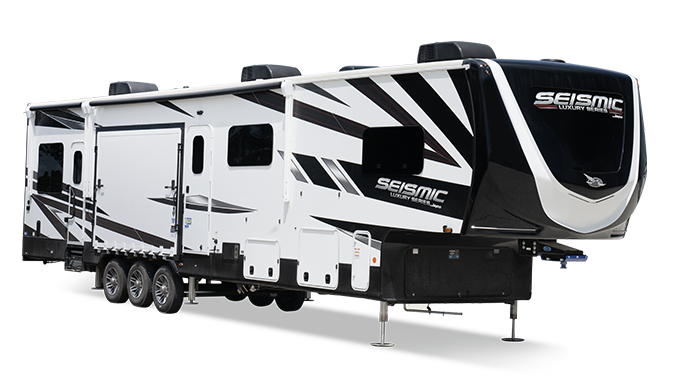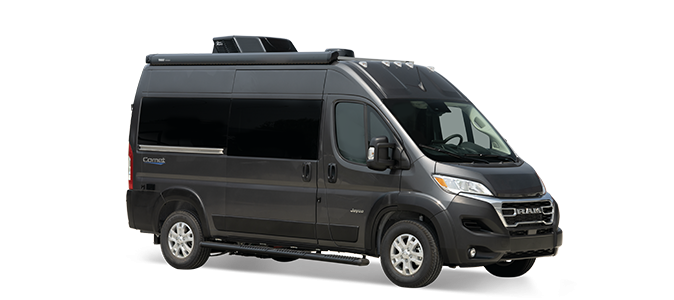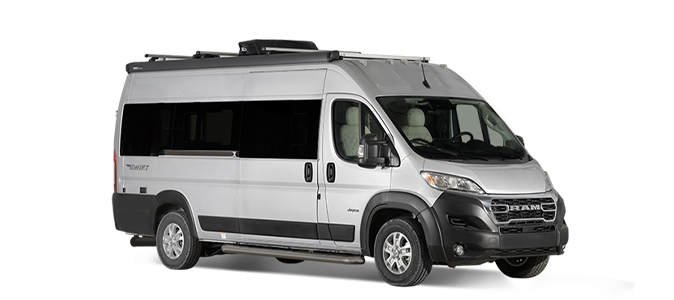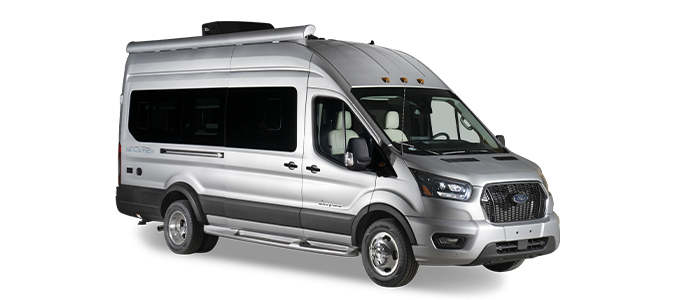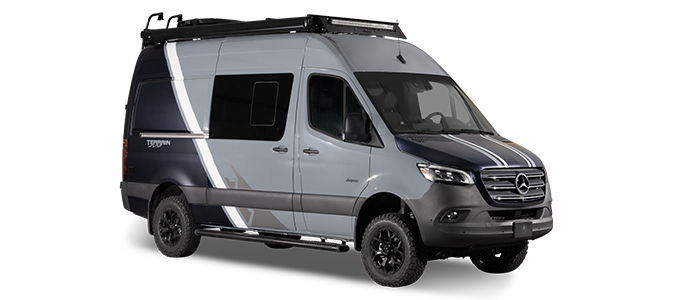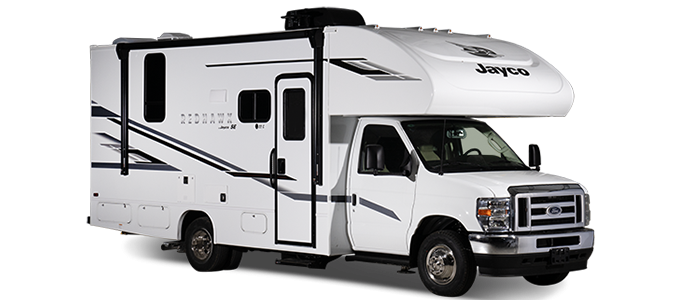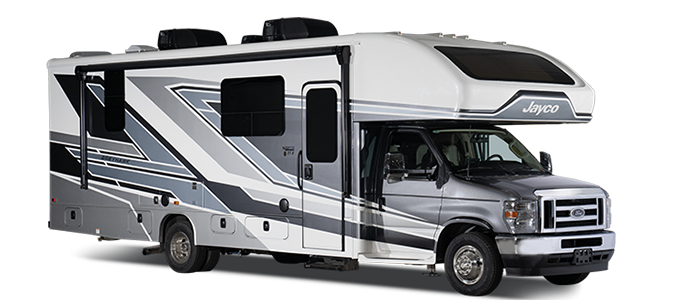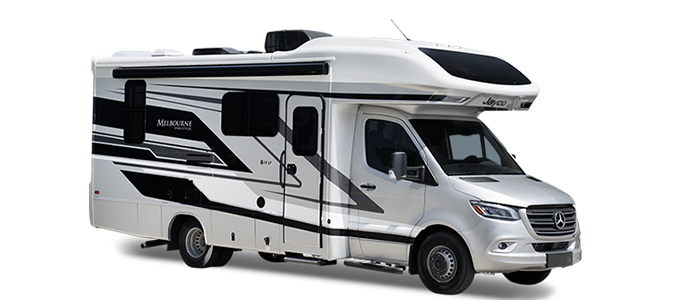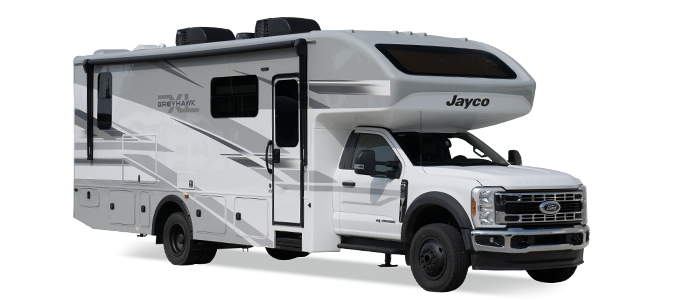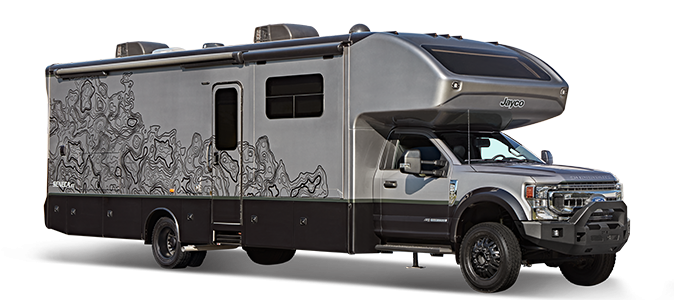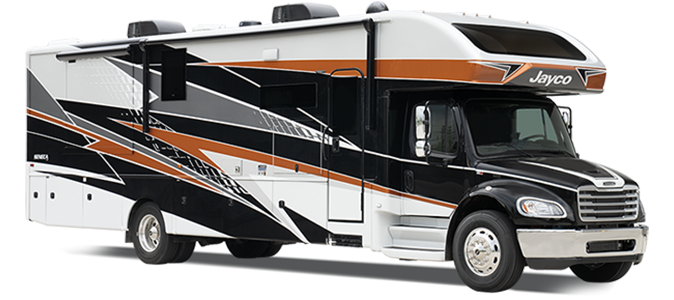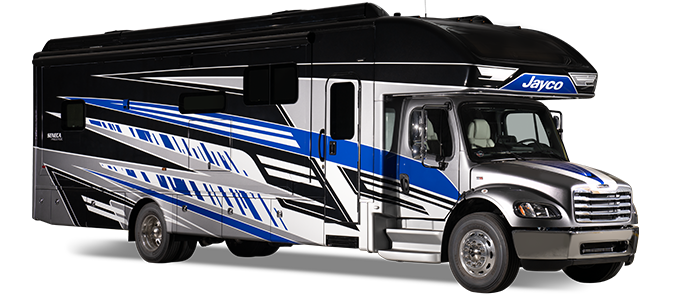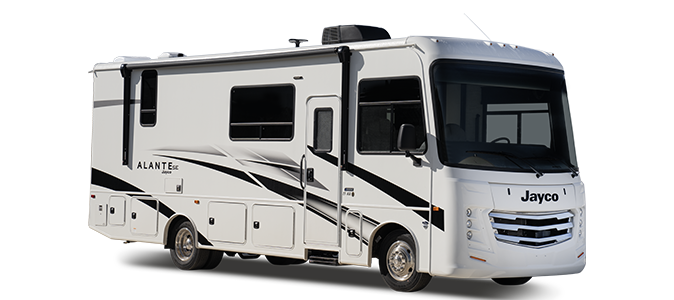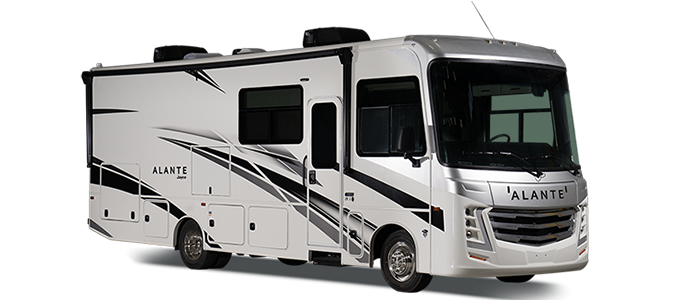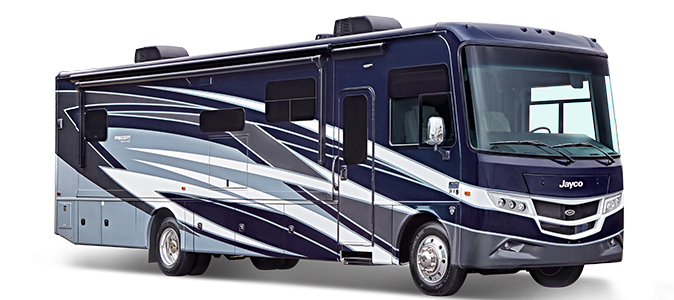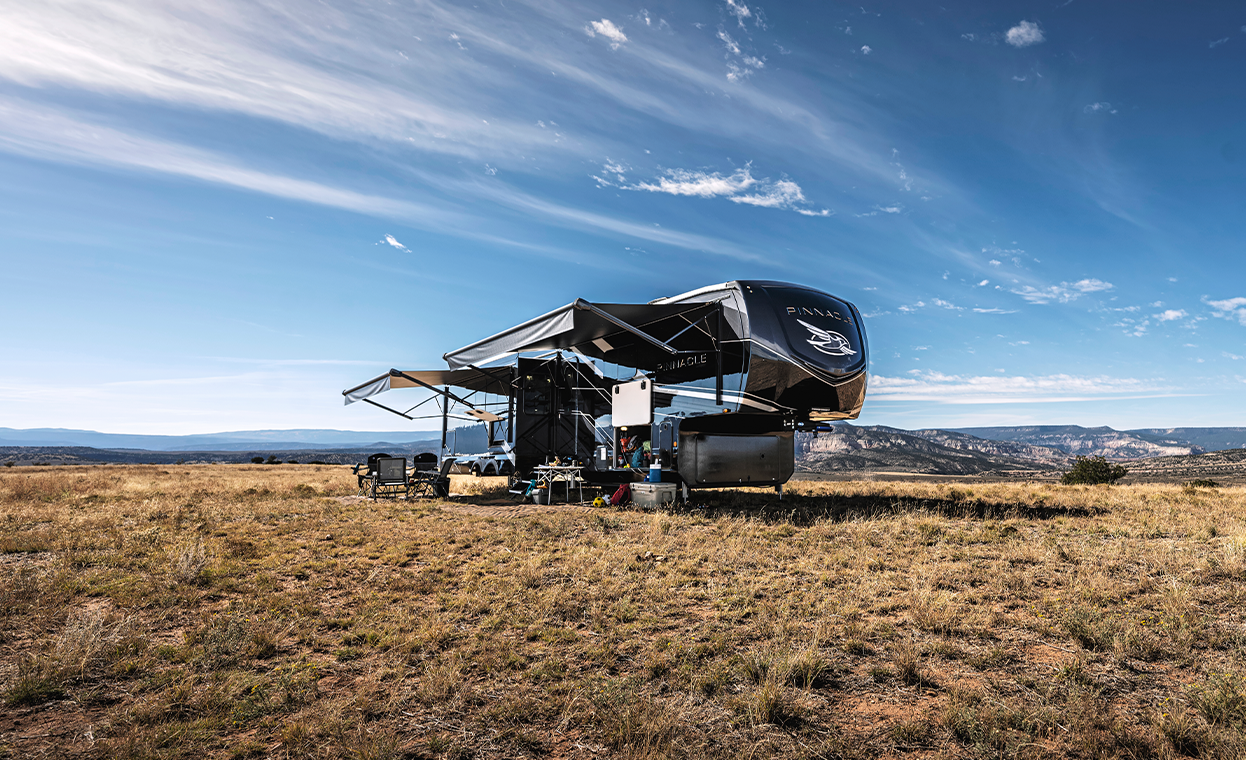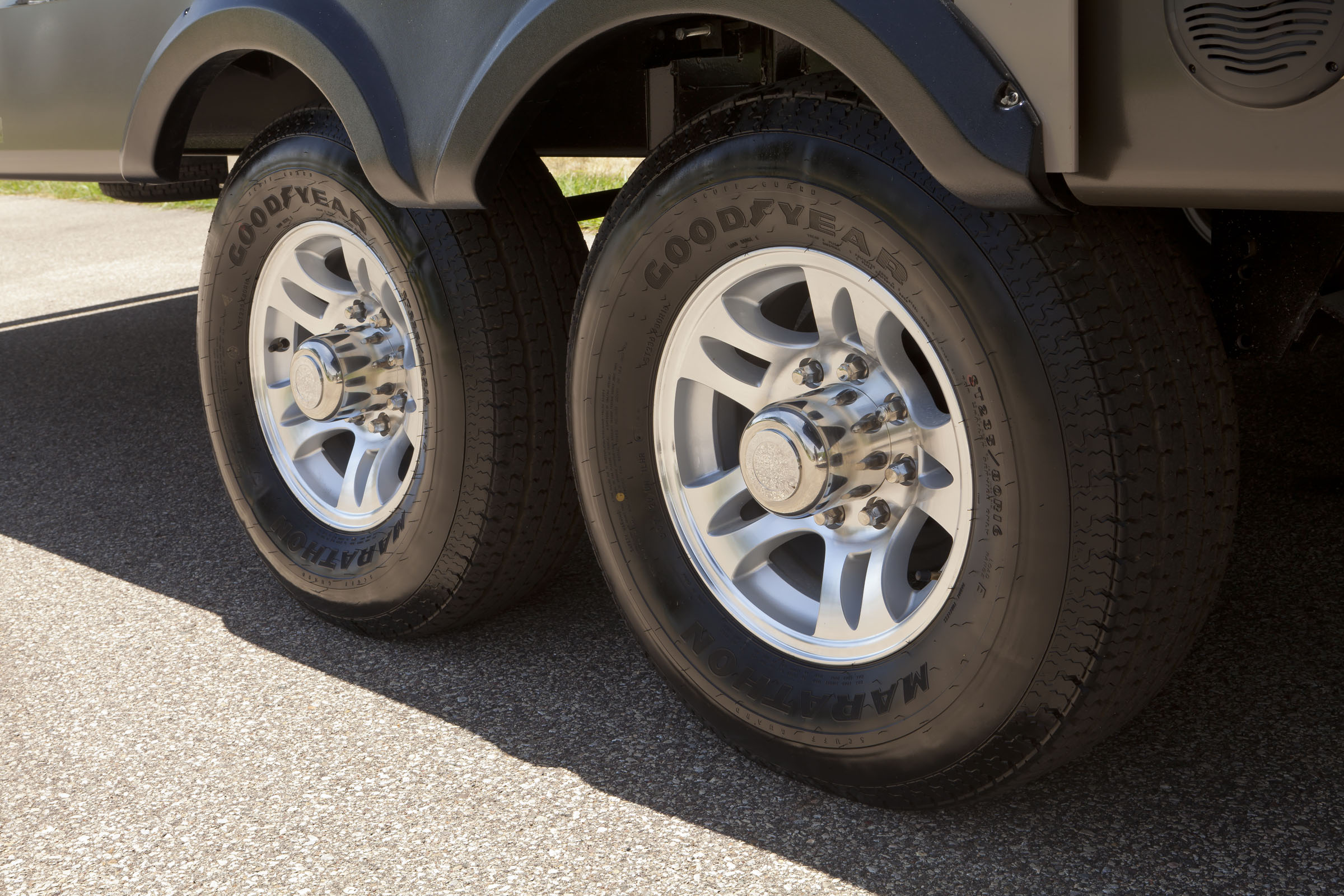We’re counting down the days until spring (25 if you’re wondering!) and the start of camping season for most of the U.S. and Canada. We want to help make sure you’re prepared and have everything covered to have a smooth embark on your first camping trip of the season. One important part to your RV that shouldn't be overlooked is the tires. Proper care and maintenance of your tires is essential to ensure safety and enhance your travel enjoyment.
All routine maintenance is important for proper function of your RV but tire maintenance is a critical aspect of keeping your RV safe. You must follow the manufacturer’s inflation guidelines for maximum load capacity and keep in mind, under-inflation is just as dangerous as over-inflation. To help avoid any mistakes, check the pressure when the tires are cold and do not bleed air from hot tires. As the tires cool, they will lose more pressure and as a result, become under-inflated.*
To make sure your tires are always operating safely and provide you with an enjoyable excursion, it’s mandatory to regularly inspect your tires and tire pressure. Be sure to check for unusual wear such as cracking, bulging or uneven tread wear. If you find something like this, check the alignment, balance and bearing as these will affect tire wear. When you’re using your RV regularly, we recommend checking for wear and tire pressure weekly to ensure maximum tire life and safety.
Tire pressure is the most important factor in the life and performance of your tires. Proper inflation should be monitored closely as failure to do so could result in overheating and a blowout. Again, inflation pressure should be as recommended by the tire manufacturer or as the federal label for the RV indicates. With this information and keeping tires a top and regular priority in your RV maintenance, you’ll be better prepared for your next thrilling RV adventure.
*NOTE: Cold tire inflation pressure is defined as a tire that has not been used for three or more hours, or has been driven less than one mile. Tire inflation pressure of a hot tire may show an increase of as much as 6 psi over a cold tire.

